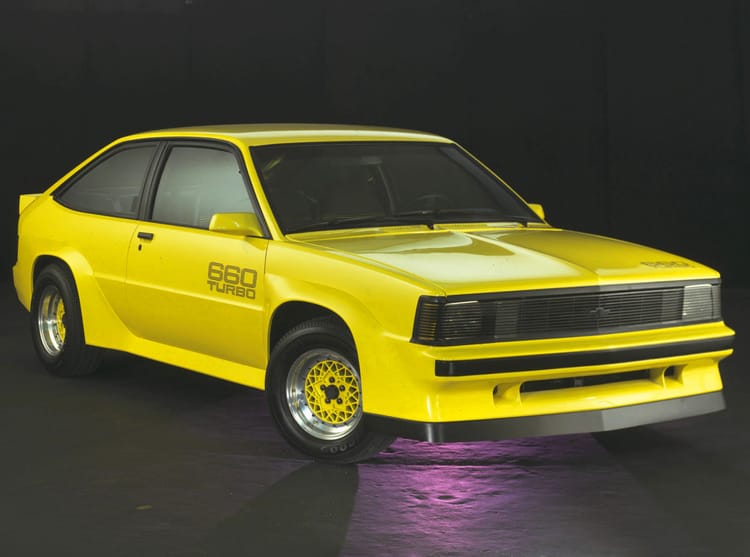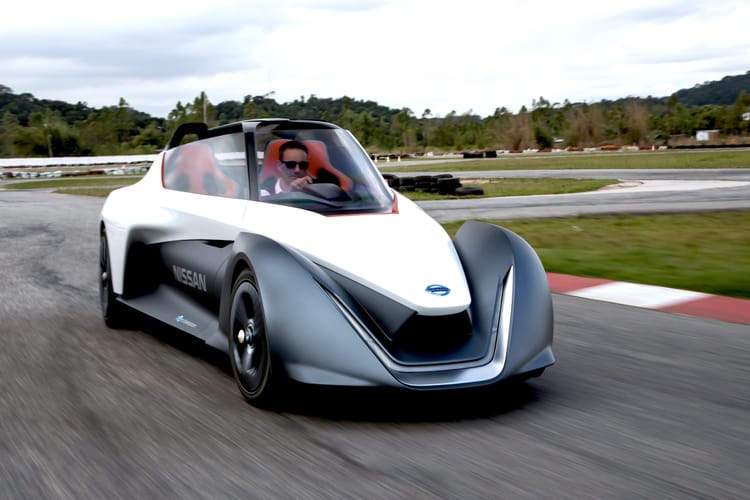Isuzu Bellett MX 1600 and this is the best race I’ve seen in years (S180 Toyota Crown vs Toyota GR Yaris)

I really (really) love small displacement sports cars.
There's something about having to work a little harder to go quickly that lends such vehicles different proportions: more compact length and width; skinnier tires; smaller front and rear overhangs; less space needed for its engine; and, generally, styling that’s quite tidy.
If anything, it’s because there’s less space to pen something heinous. On the road, it's fun to thump around in a muscle car or supercar, but there's something more amusing to me about hooning within legal-is speeds while having fun.
Are you a dreamer? At the deeper end of the pool, cars like the Porsche 904, ATS 2500 GTS and DeTomaso Vallelunga are (and will always be) icons. In that era during the ’60s, it’s only natural aspiring designers and constructors would choose the mid engine, rear drive layout as it was a relatively new phenomenon.
So, too, was the notion of a world-beating Japanese car.

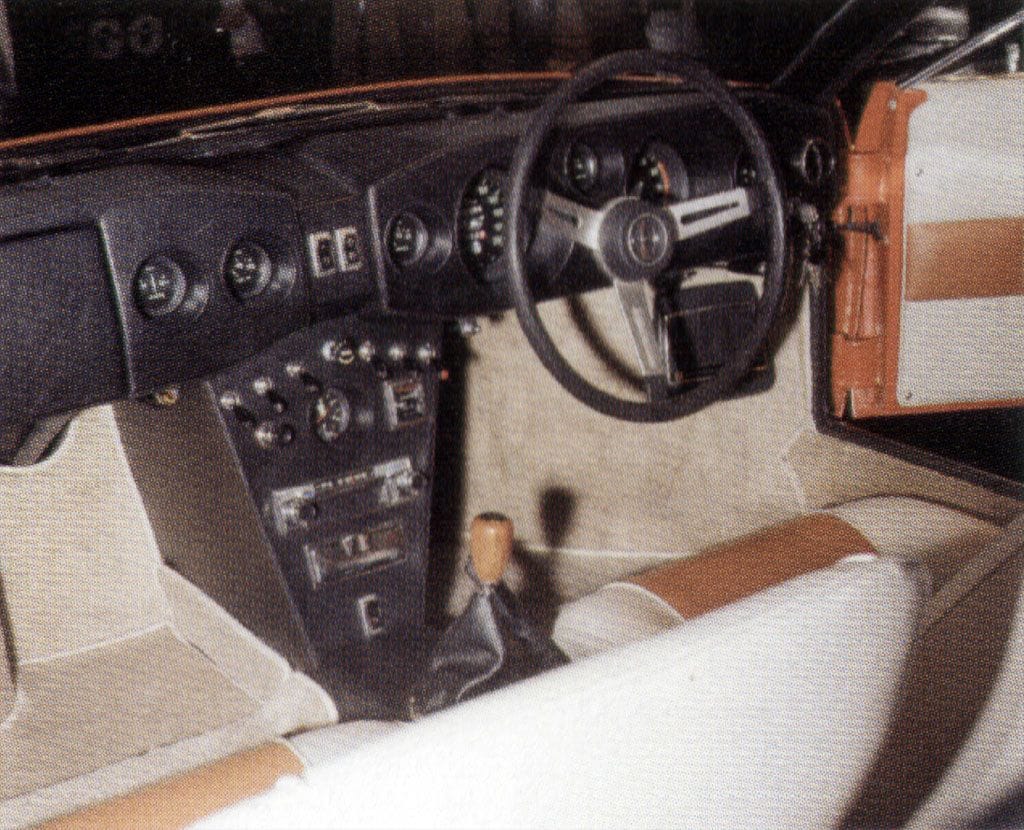
Isuzu MX 1600 at the 1969 Tokyo Motor Show • via Isuzu
Racing and sports cars were becoming a huge focus of Japanese manufacturers. There were fierce on-track battles between not only production-derived cars like the “Hakosuka” Nissan Skyline GT-R and Mazda RX-2 and -3, but also mid-engined sports prototypes like the Toyota 7 and Nissan R381.
Isuzu had contenders in both camps: the Bellett GT Type-R (yes, really), a small sports coupe with the 1.6-litre G161W twin cam 4-cylinder engine from the early 117 Coupé.
As far as mid-engined sports prototypes go, Isuzu produced the relatively well-known R6 Coupe and R6 Spider—along with a few other racing models that were powered by a number of different engines, from the Bellett GT Type-R's 4-cylinder to (apparently) a Chevrolet V8.
Just how good was an Isuzu Bellett GT Type-R of the era? From A Quiet Greatness (v.1, p.256):
“…it’s a limited-edition model, homologated specifically for competition with a special dual-carbureted, twin-cam racing engine, with independent front and rear suspension and is chock full of other performance goodies. Availabe in high impact paint colors with a blacked-out hood and a handsome interior, the Bellett GT-R was Japan’s answer to the Alfa Romeo GTA and Lotus’ Cortina. In short, the Bellett GT-R provides an exhilarating driving experience while delivering equal measures of fun and reliability.”
We’re talking 1.6-litres of displacement and 136 horsepower, more than enough to have fun.
So why not make a road-going car that takes the Bellett’s FIA-approved mechanicals and wraps them in a small sports car body? The MX 1600 and MX 1600-II make a little more sense now, right?
Ghia's Tom Tjaarda penned the car, someone who you'd absolutely want designing your prototype mid-engined sports car. Following stints at Ghia and Pininfarina, his resumé by 1969 would have included cars like the the Volkswagen Karmann Ghia Type 34 (my favourite version of the car), Chevrolet Corvette Rondine concept car, Ferrari 365 GT 2+2, and Fiat 124 Spider.
He's best-known for the DeTomaso Pantera, and if you look at the MX1600's pointed nose, triangular shapes behind the driver's door, louvered engine cover, and pert tail, the resemblance is noteworthy.
It's the low-fat Pantera, I suppose.
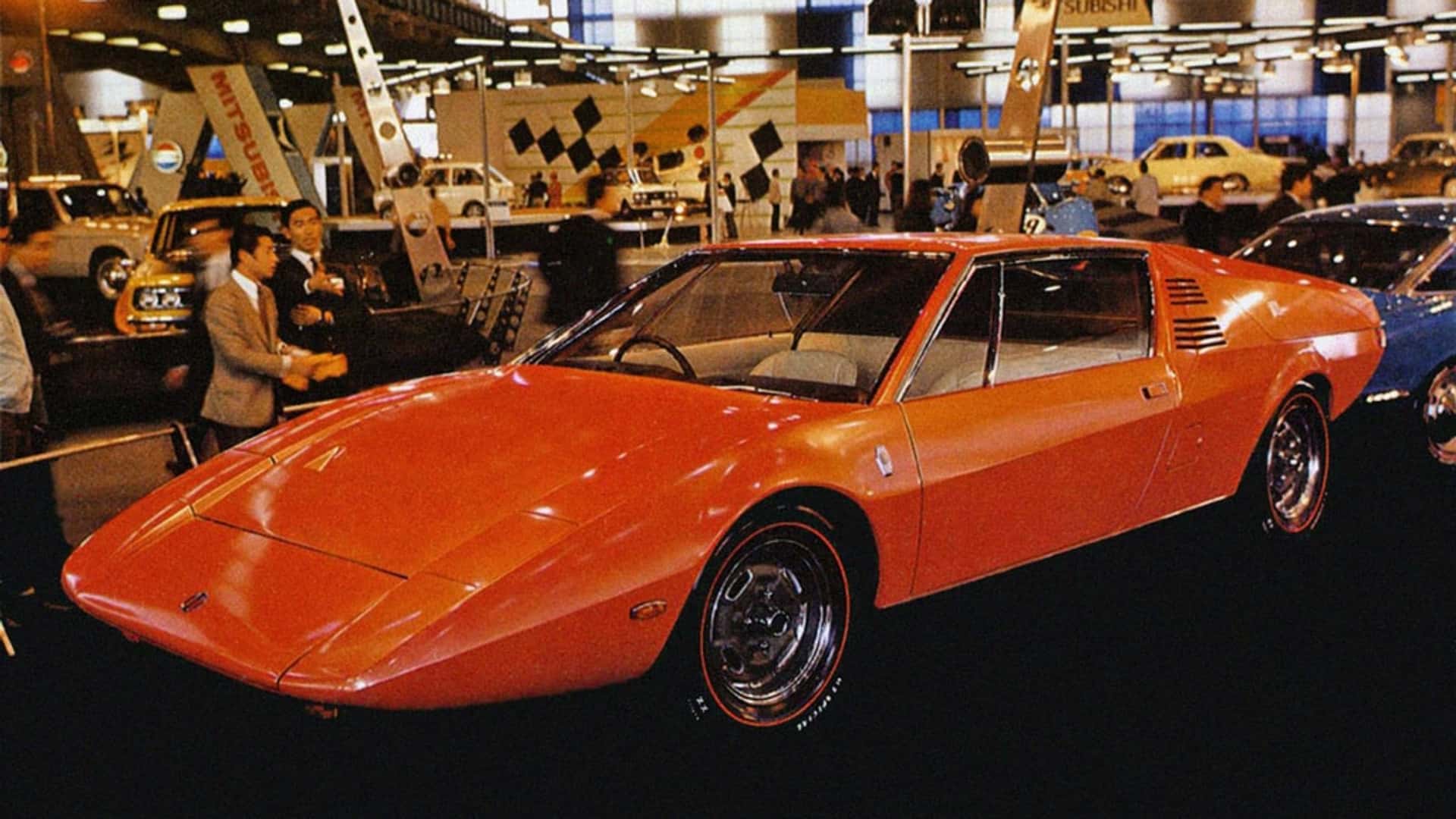
First shown at the Tokyo Motor Show in 1969, nearly glowing in a fetching shade of orange, it featured not only slide-up (not pop-up) headlights and an active front wing. Its Bellett 1.6-litre engine was mounted behind the driver to a racing Hewland GT200 gearbox.
Top speed was estimated at more than 200 km/h (125 mph), a not-unreasonable figure considering its small size and light weight.
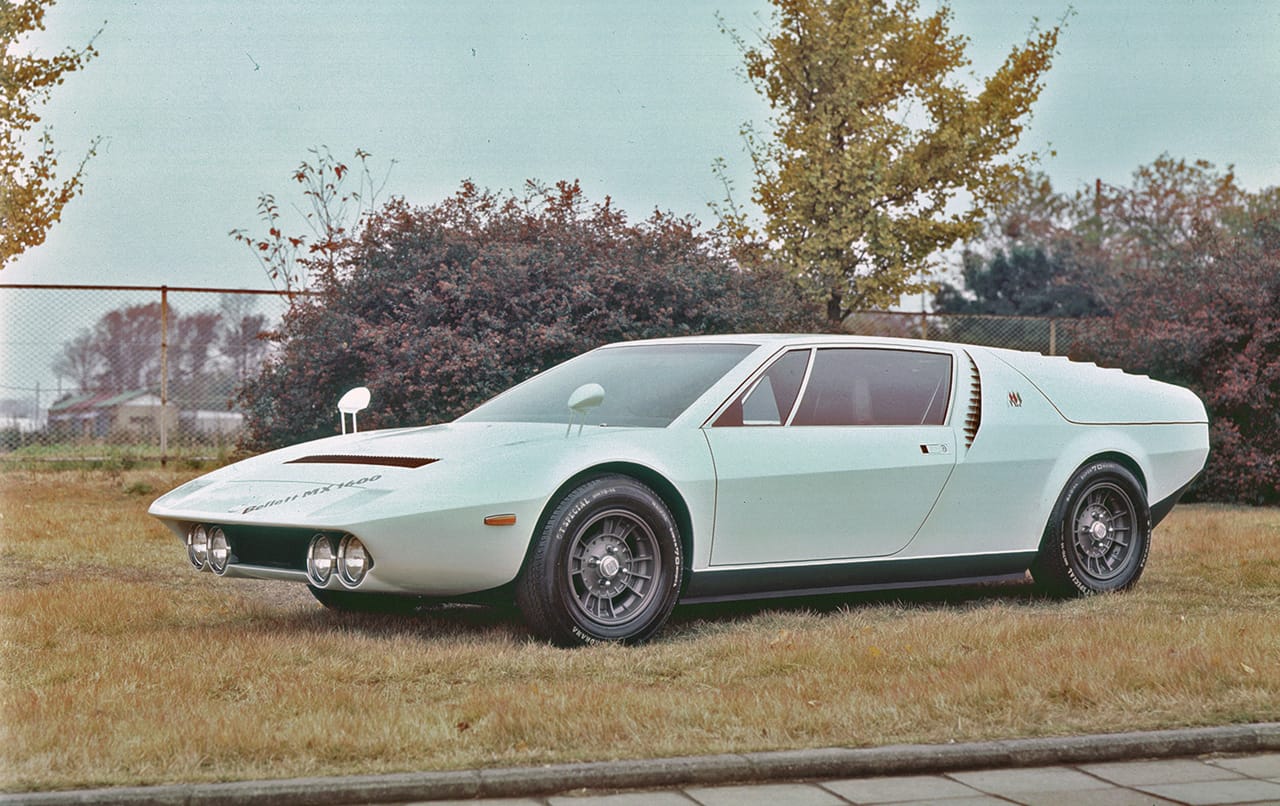
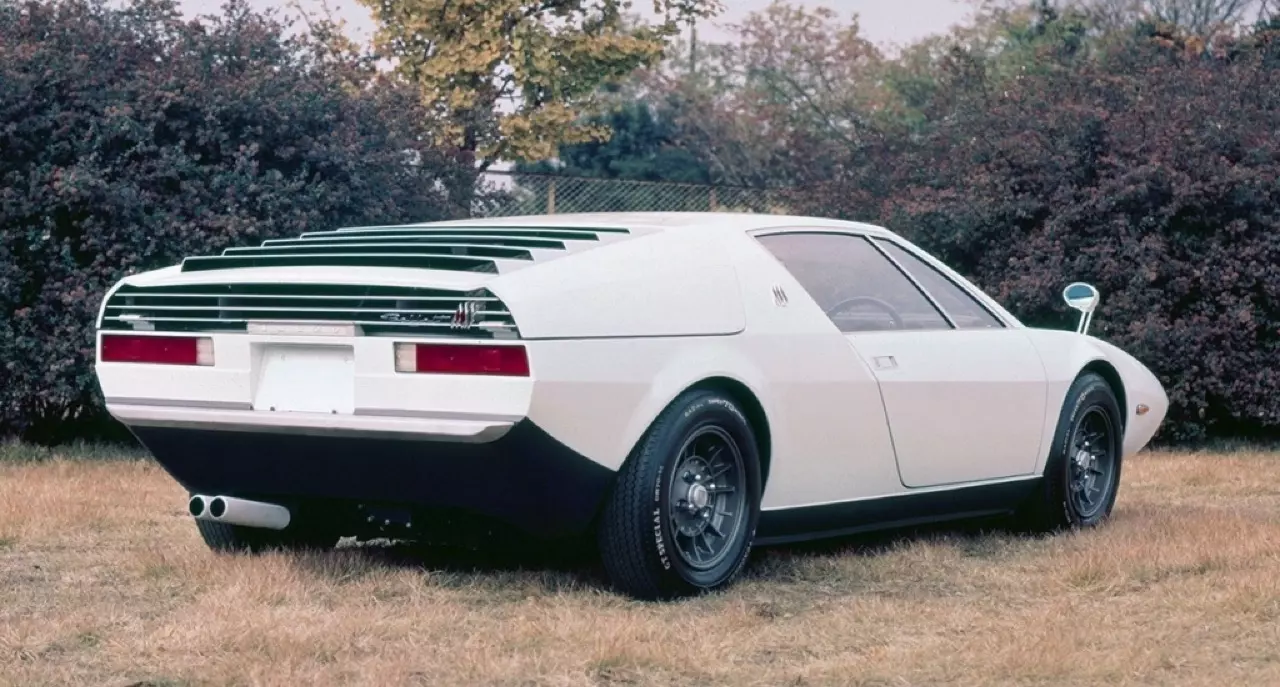
In 1970, the car was updated and shown as the MX 1600-II, this time in more "production-ready" trim—you can tell Isuzu wasn't concerned about headlights being too low to the ground!
Again, the car had the same engine and drivetrain, with the only big differences between it and the Tjaarda design being the front styling (complete with silly Nissan Juke-like marker lights above the headlights), pearl white paint, and a revised tail.
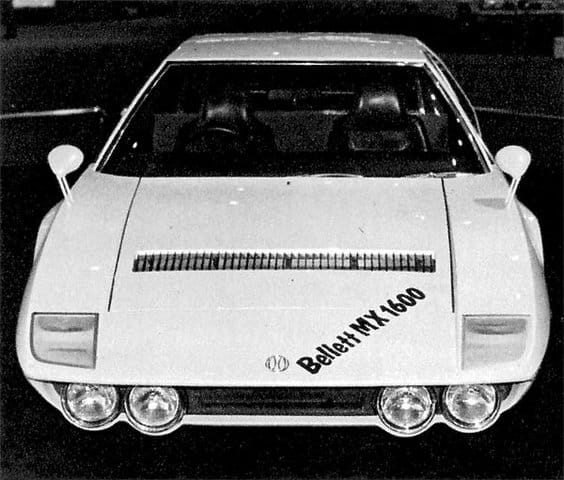
Obviously, the MX 1600 never reached production—at the time, automakers were somewhat pressured by the Japanese government to consolidate, and Isuzu was duly trying to collaborate with a number of other automakers. From 1966 to 1971, it worked with Subaru, Mitsubishi, Nissan, and, finally, General Motors.
Maybe General Motors killed the MX 1600. Probably not. Though, personally, I wouldn't bet against 1970s GM…
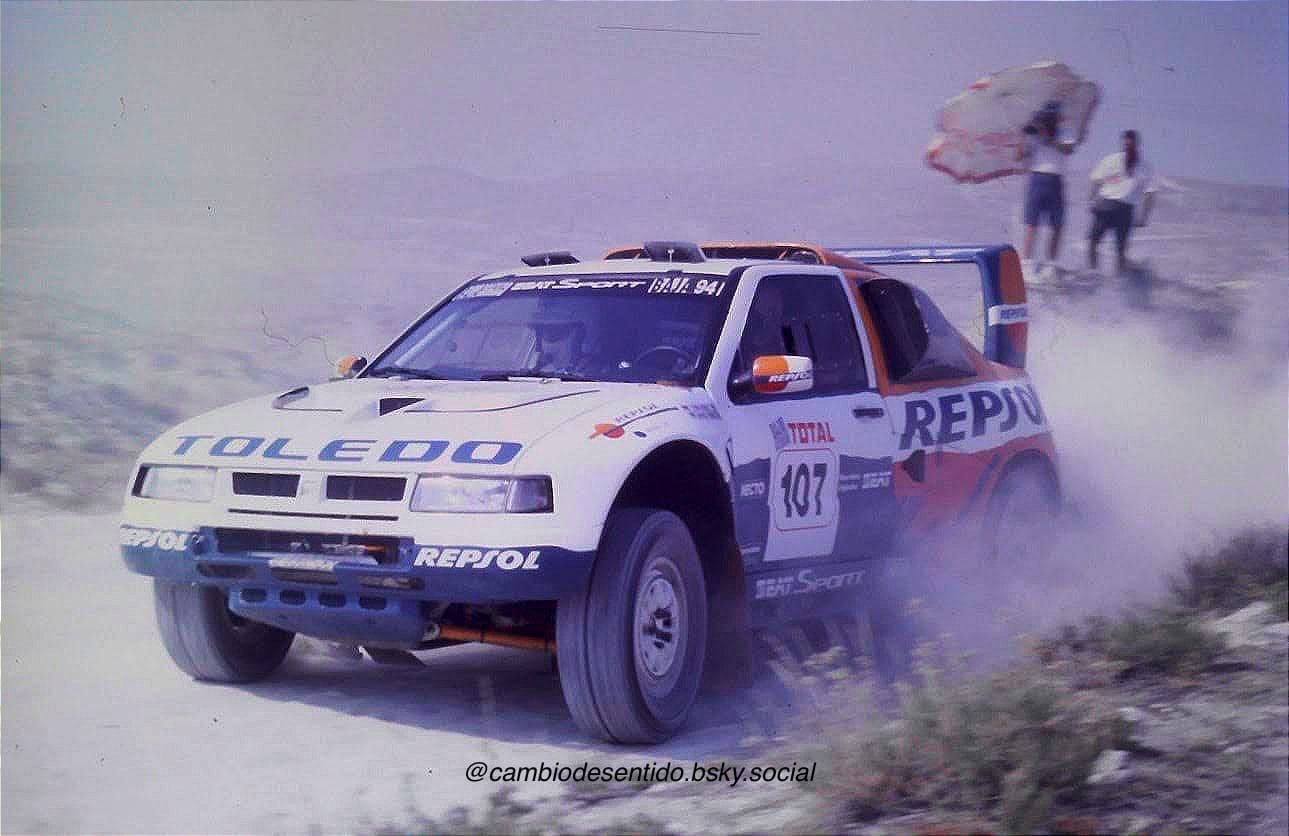
WOW. Yesterday, I wrote about the SEAT Marathon. Today, I updated the story with *exclusive period photos and short story* courtesy of Car of the Day reader Luis Ortego.
How’s this for serendipity? In 1994, Luis happened to be at Baja Aragon (later called Baja Spain), and was able to take photos both in the paddock and in the legendarily treacherous Spanish desert, Desierto de Monegros. I’ve added his short story about the experience and five photos below the member login on the SEAT Marathon story — TAKE A LOOK HERE.



